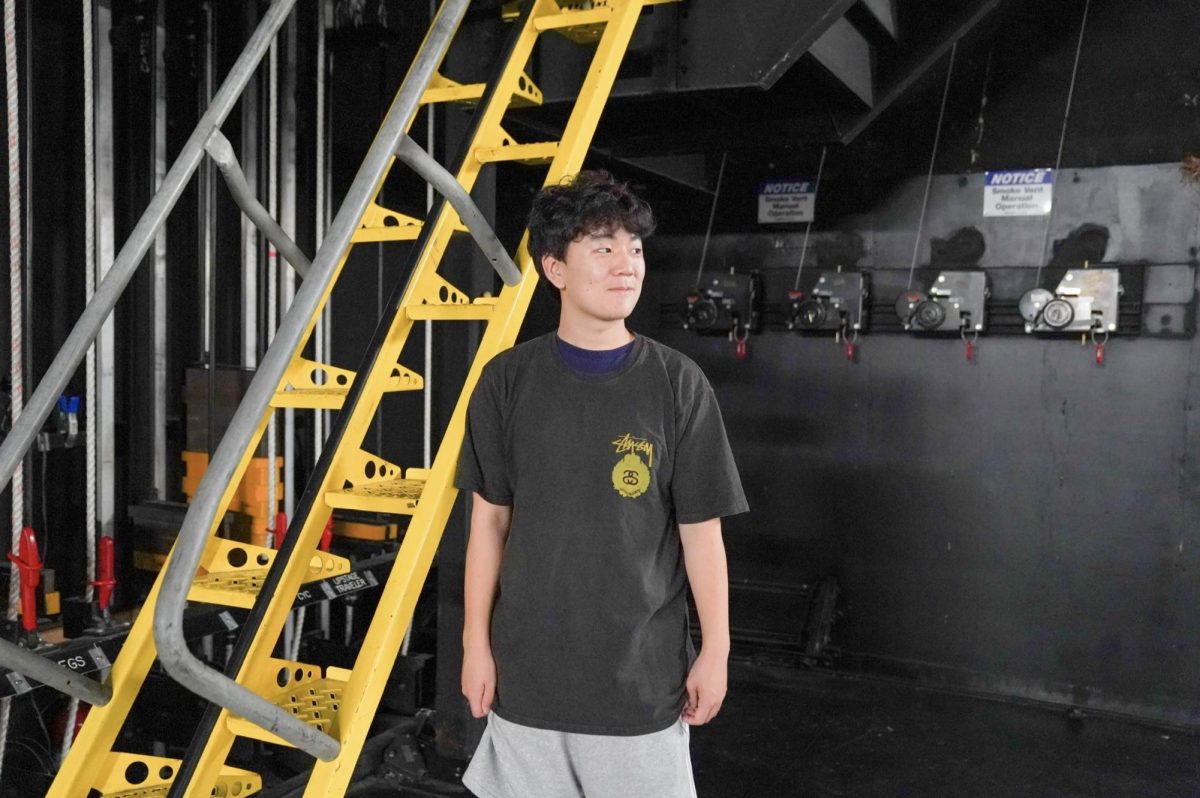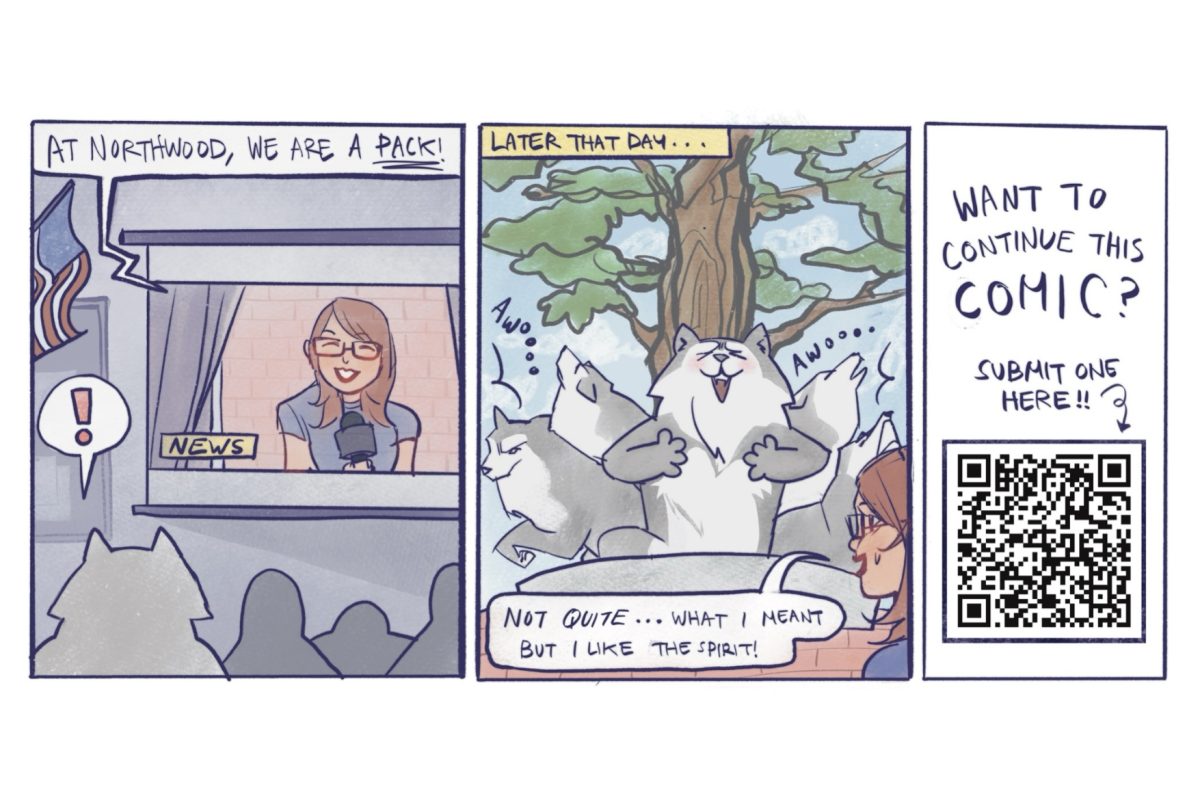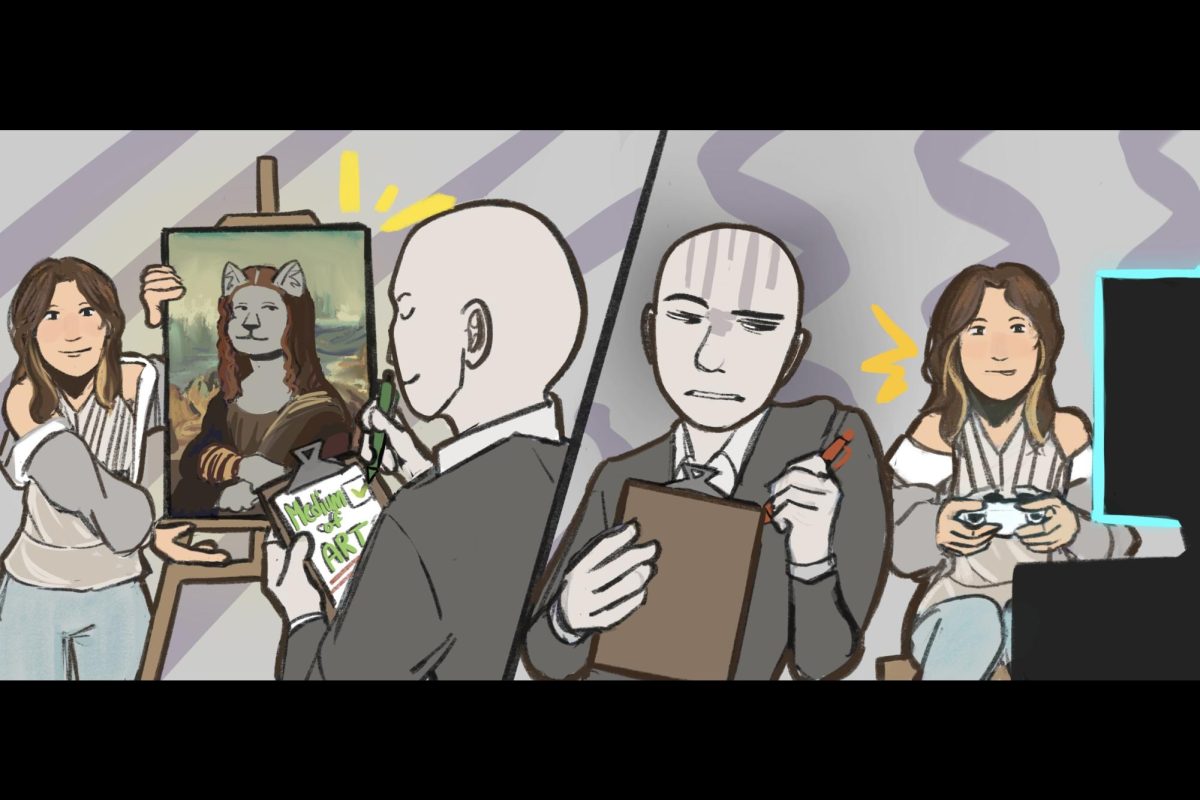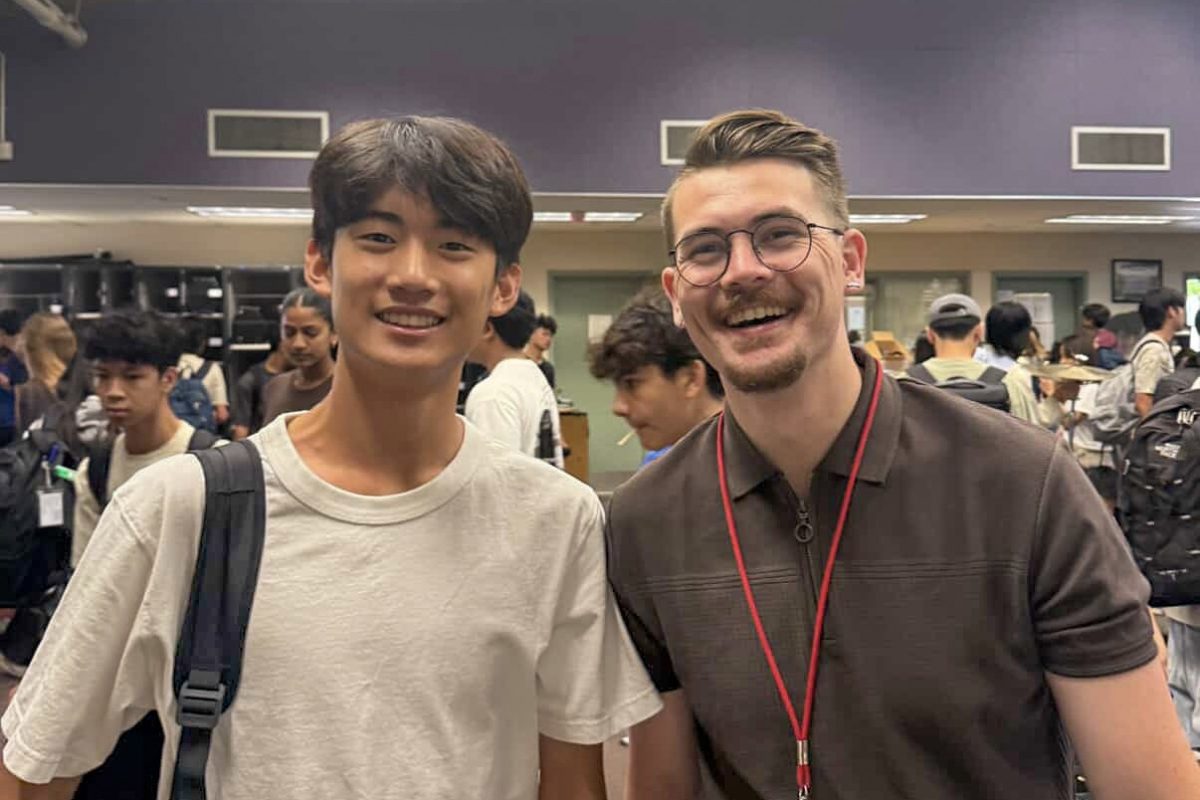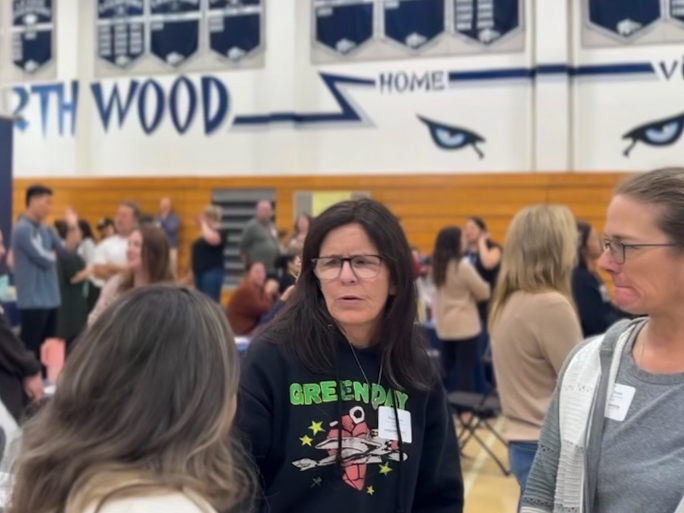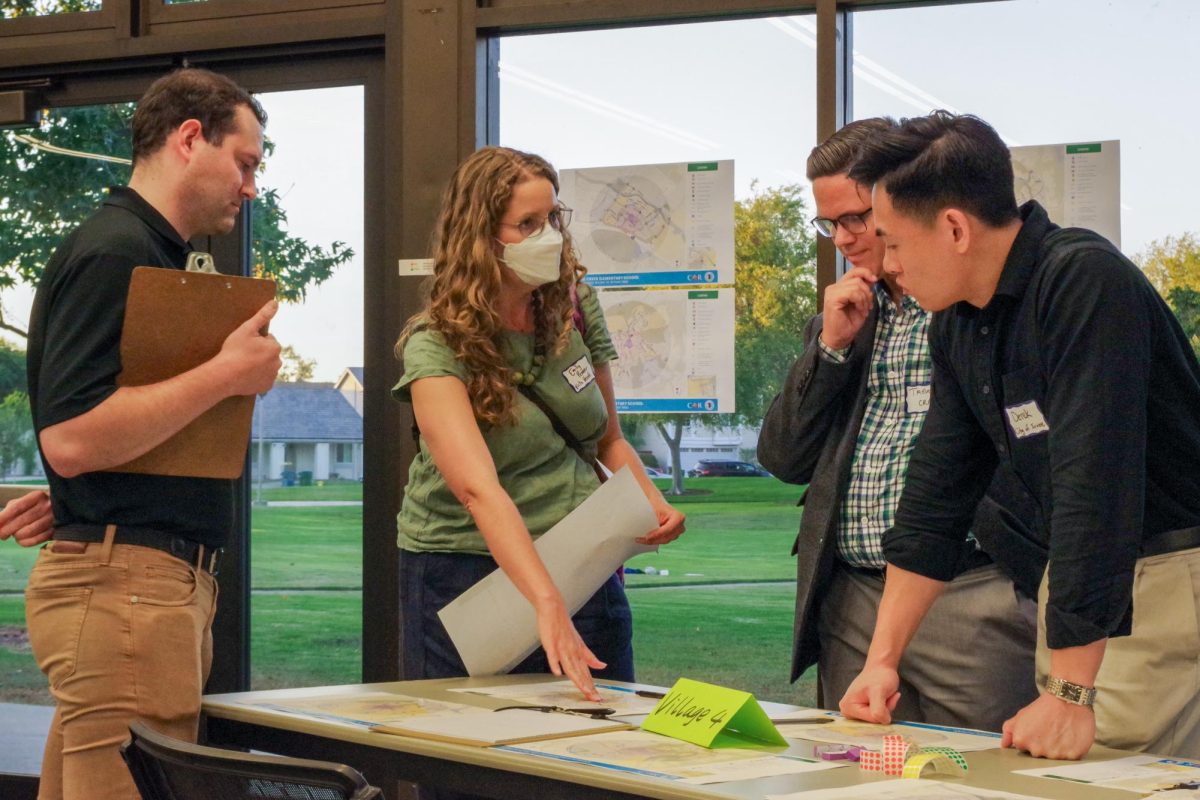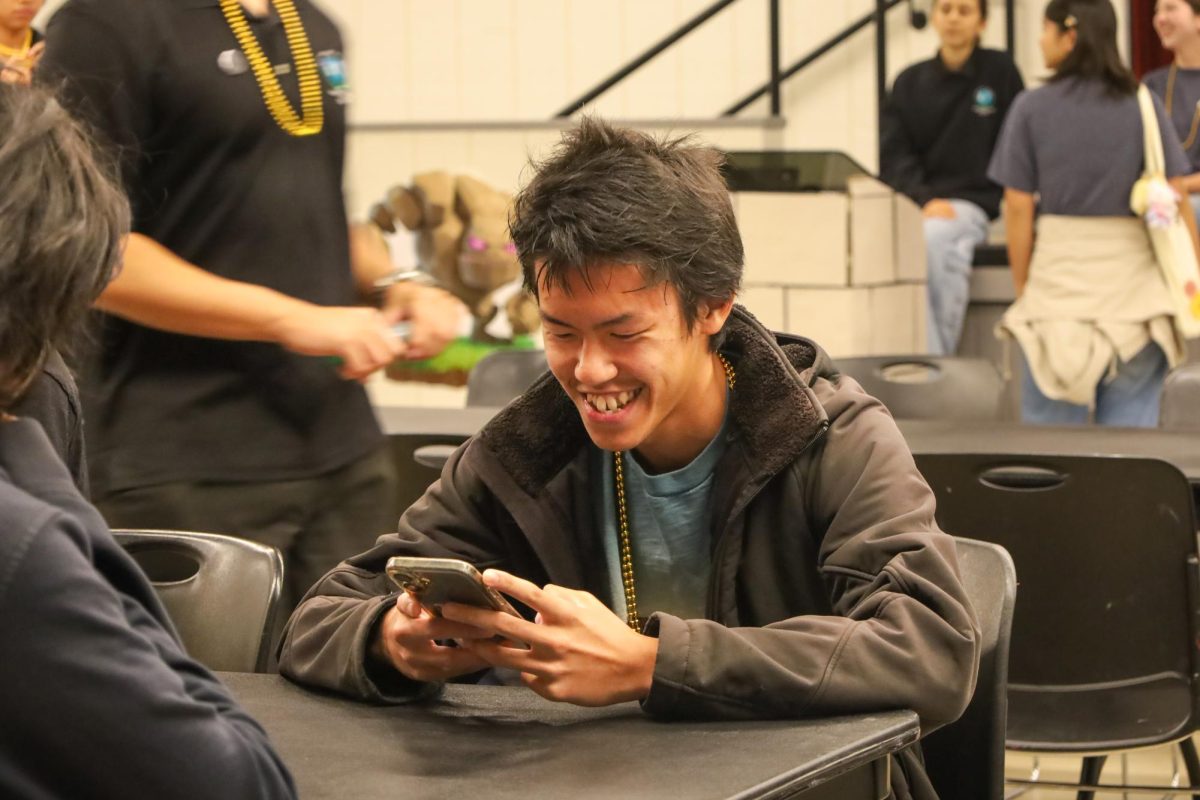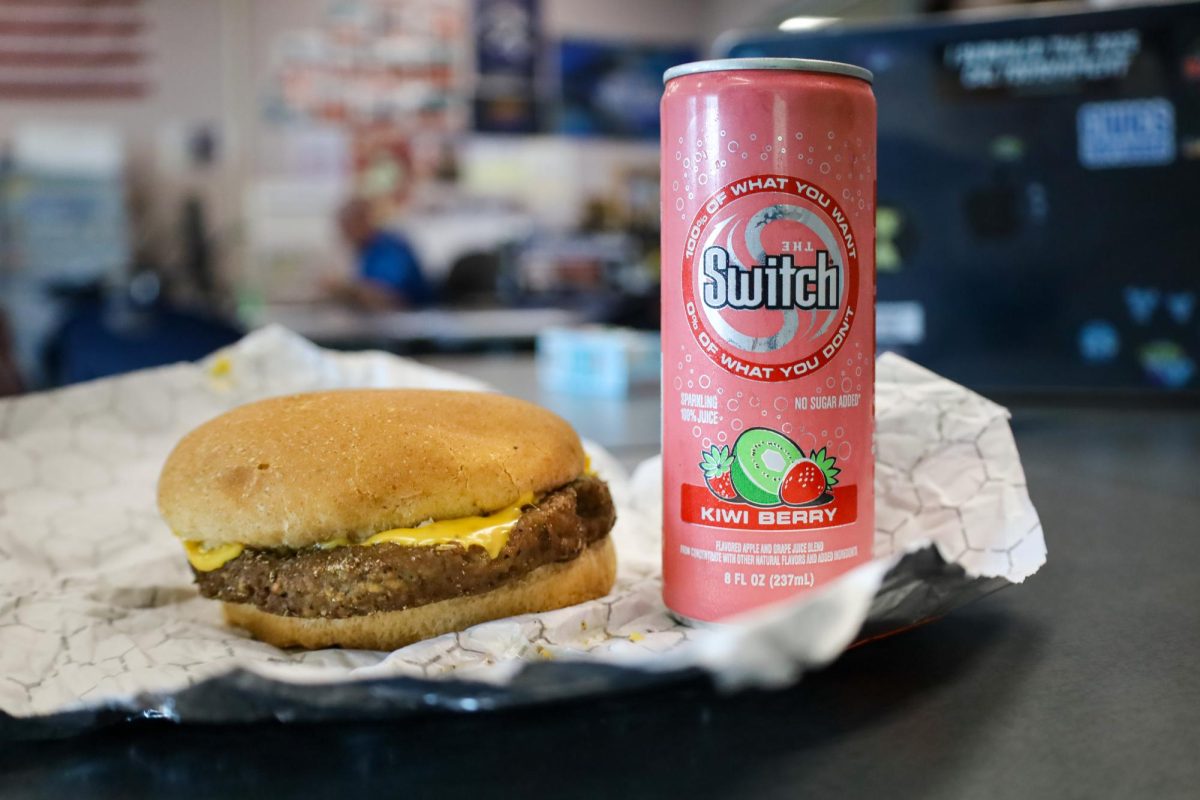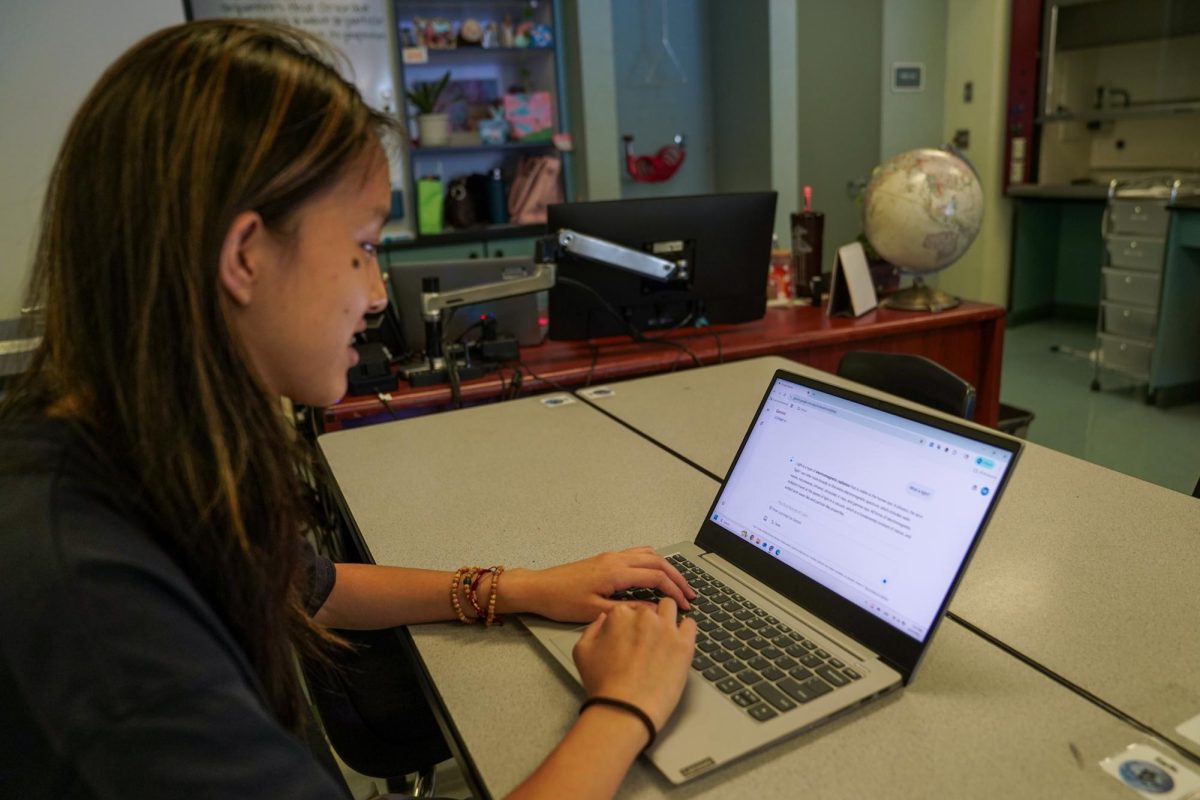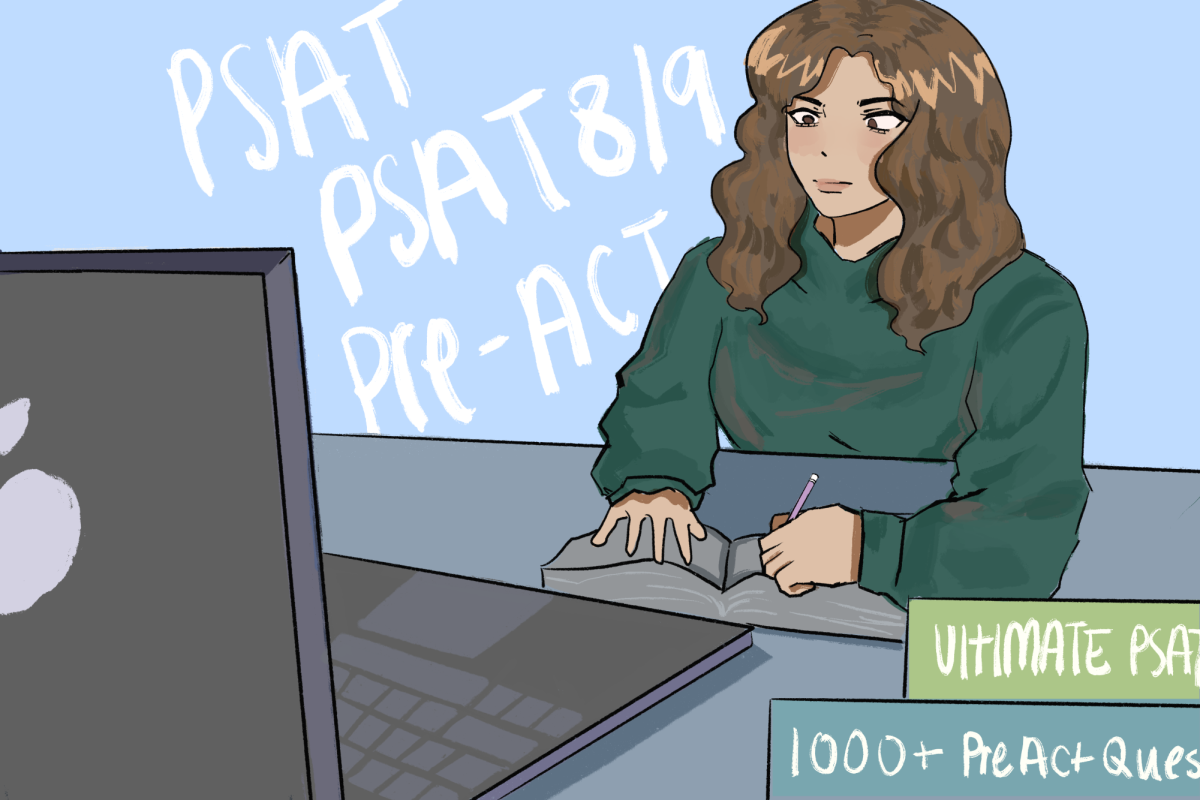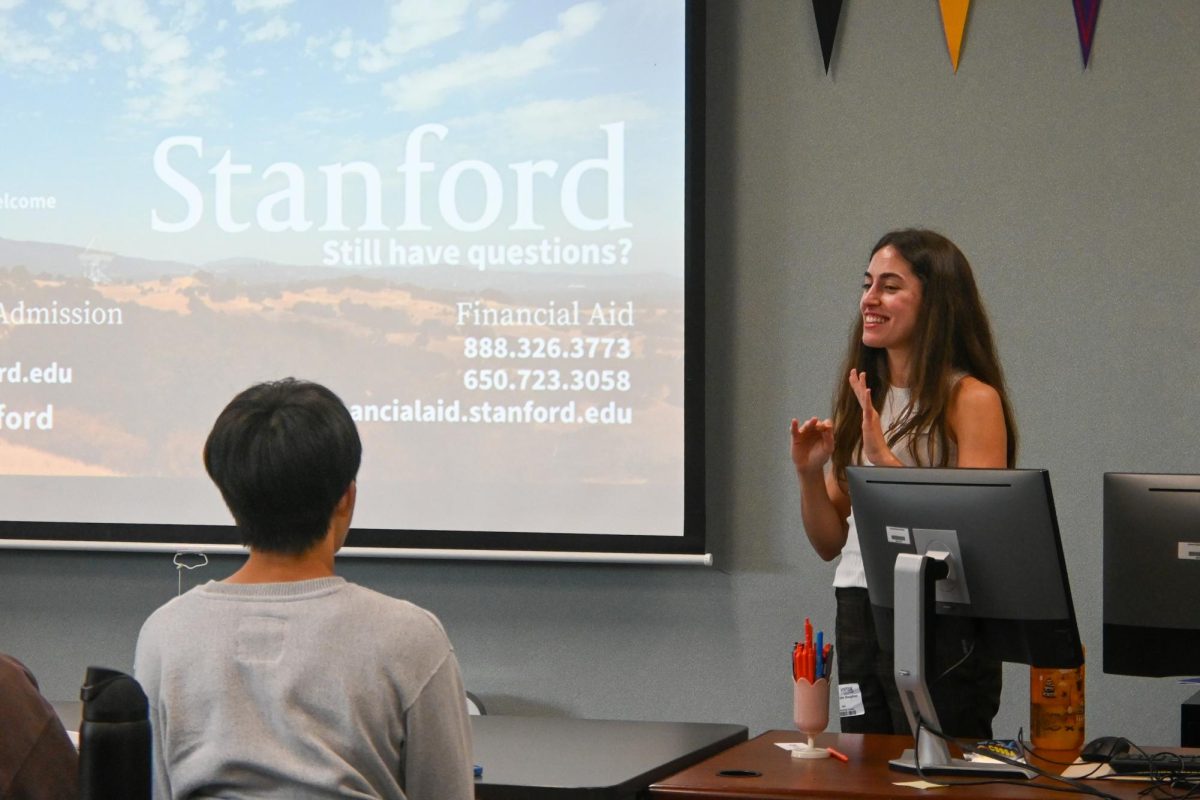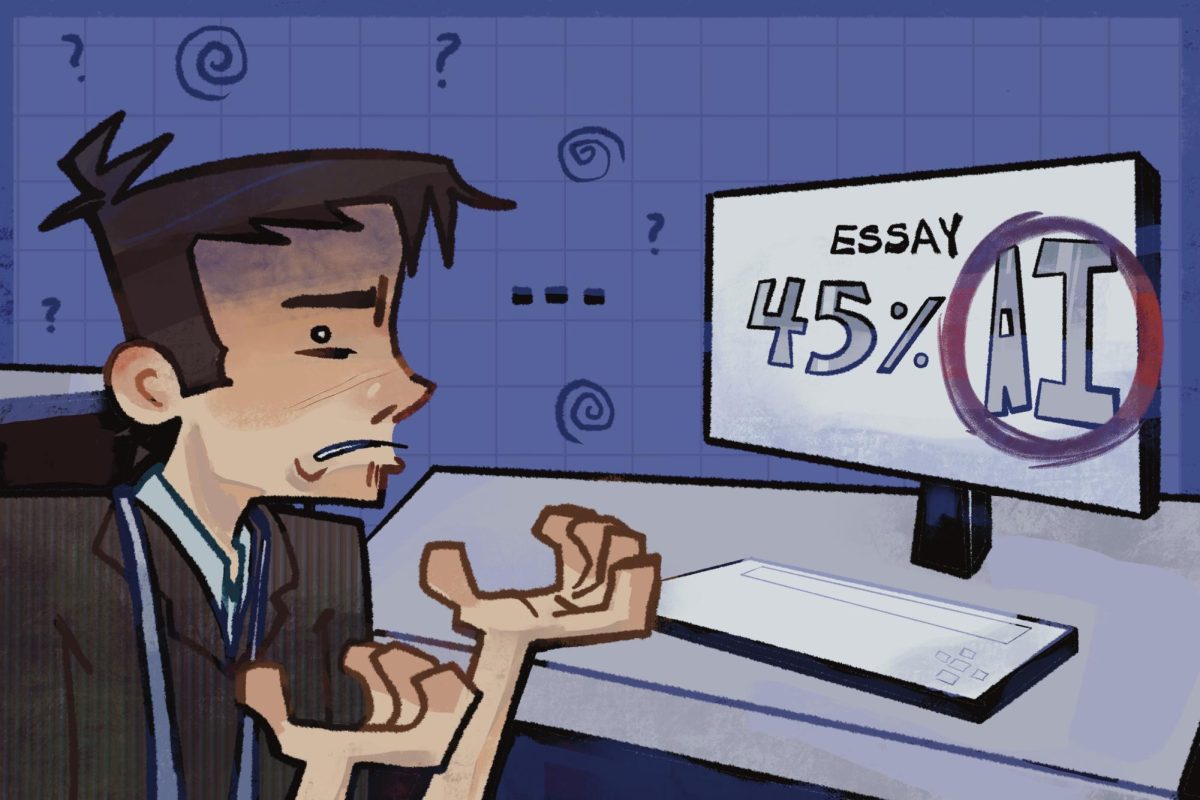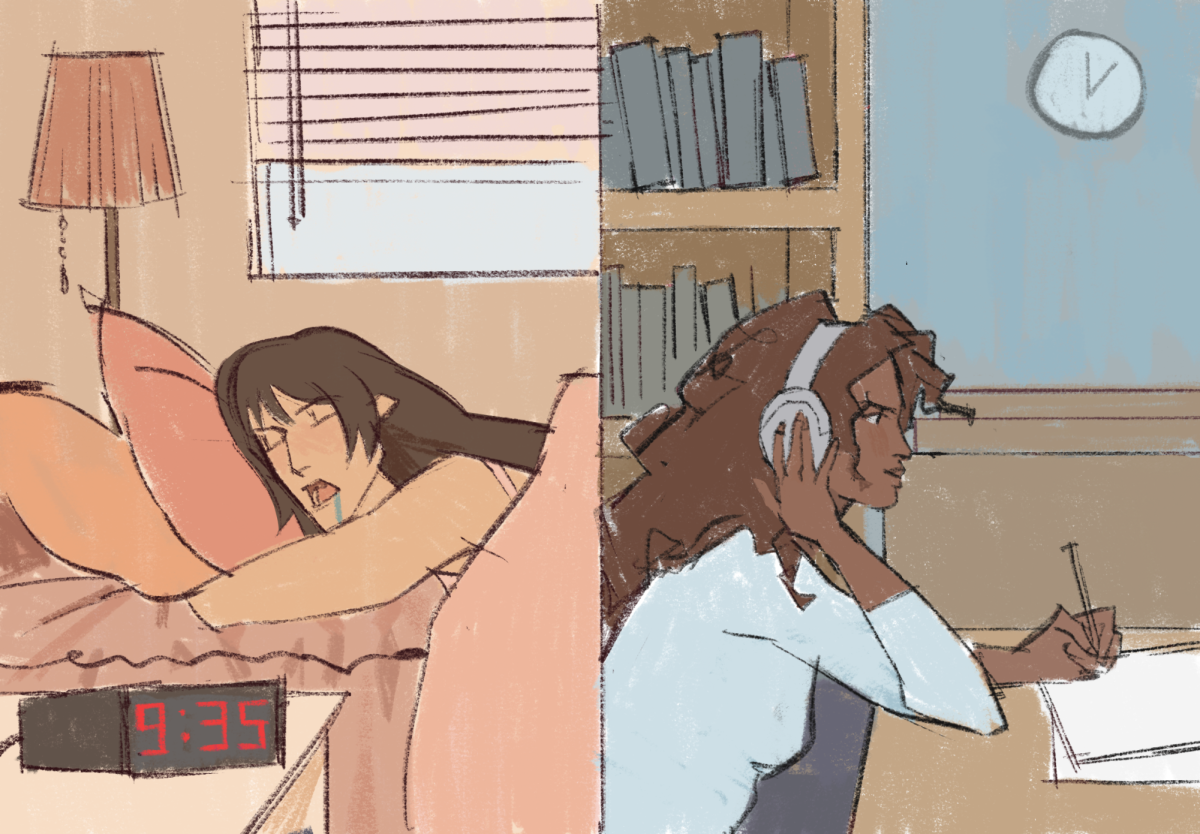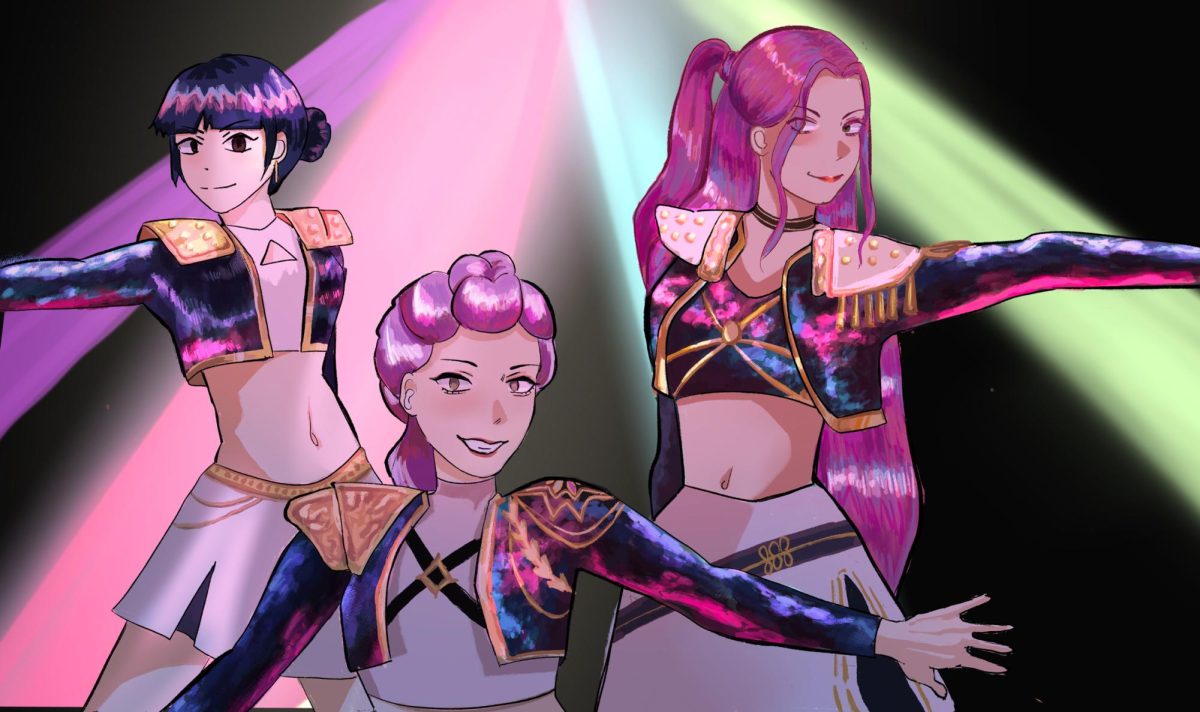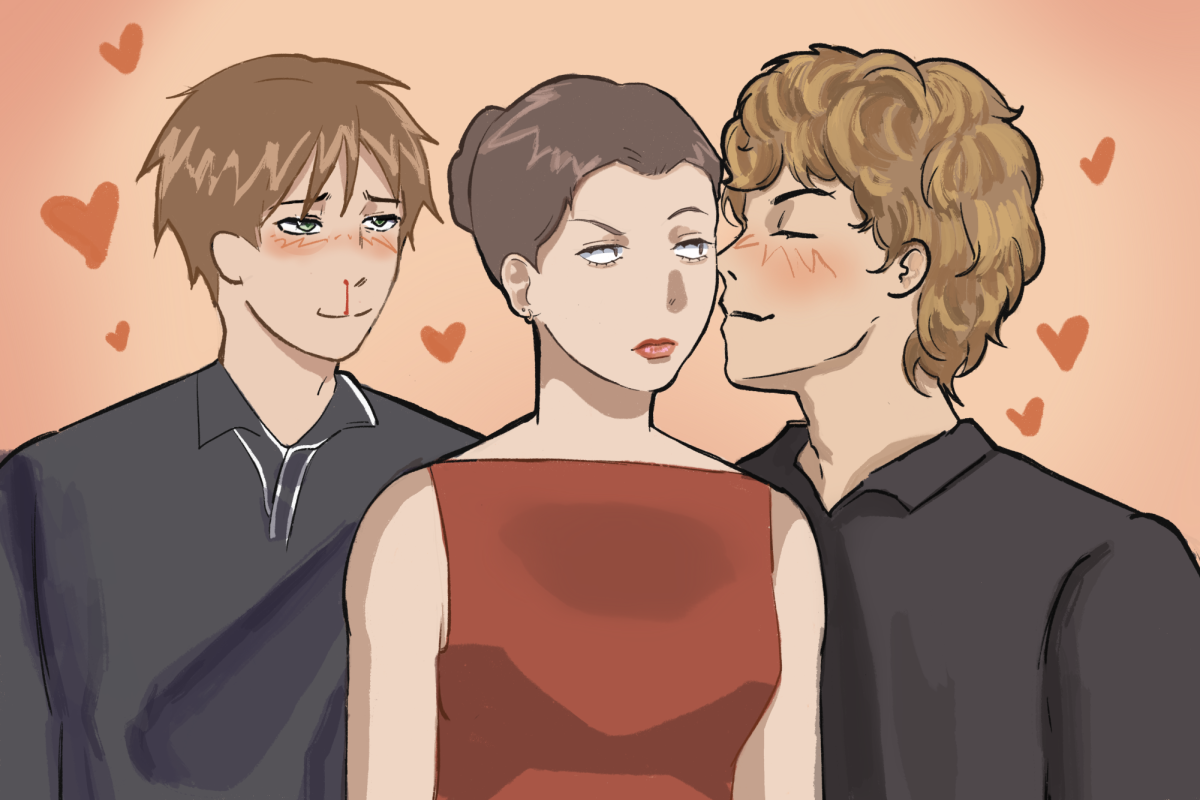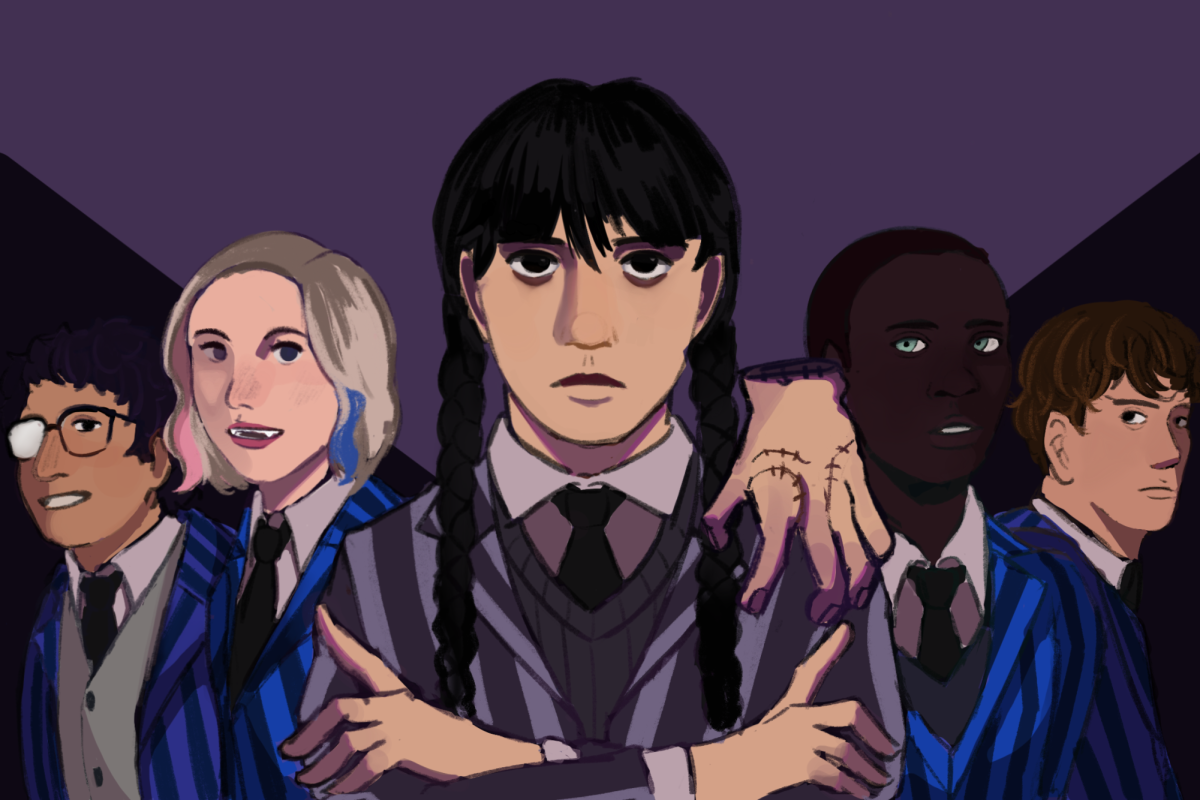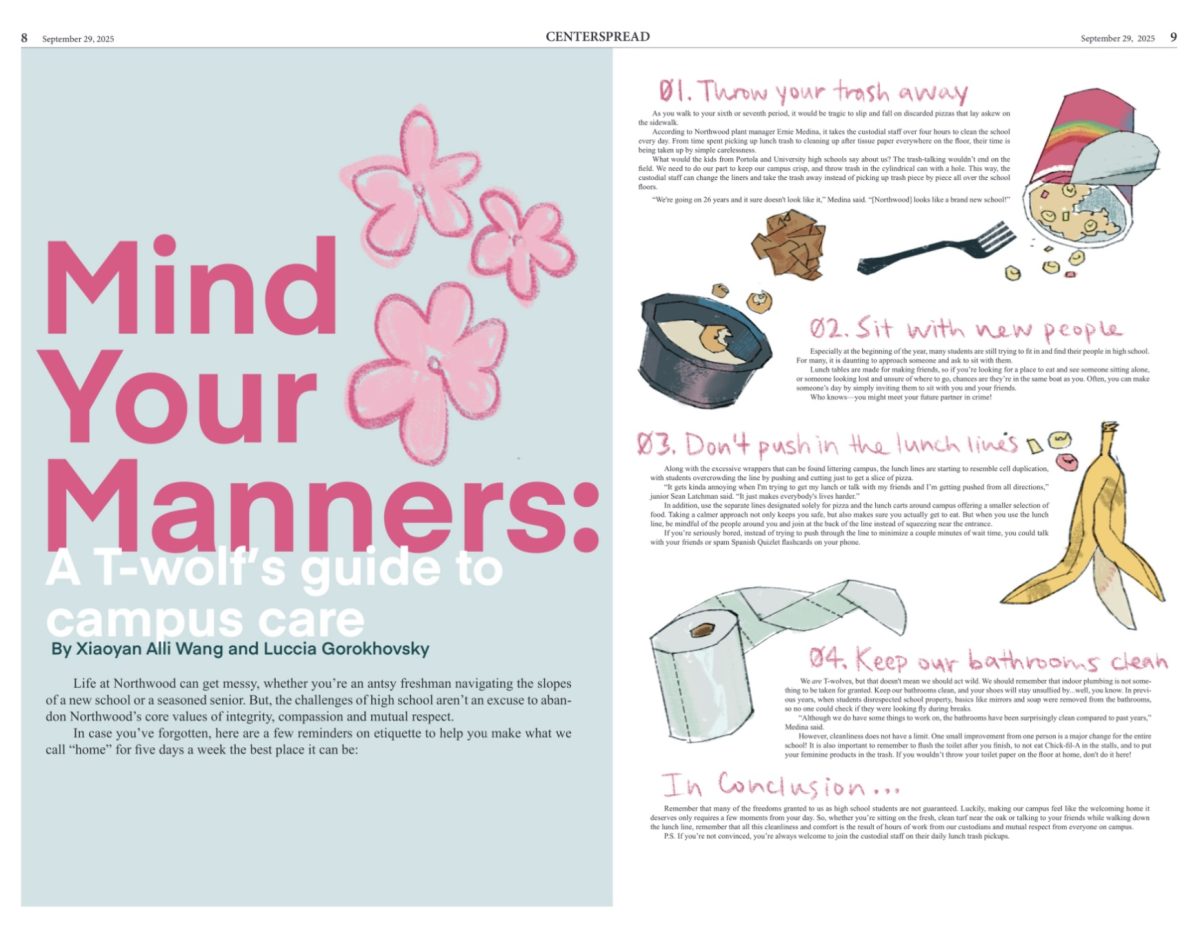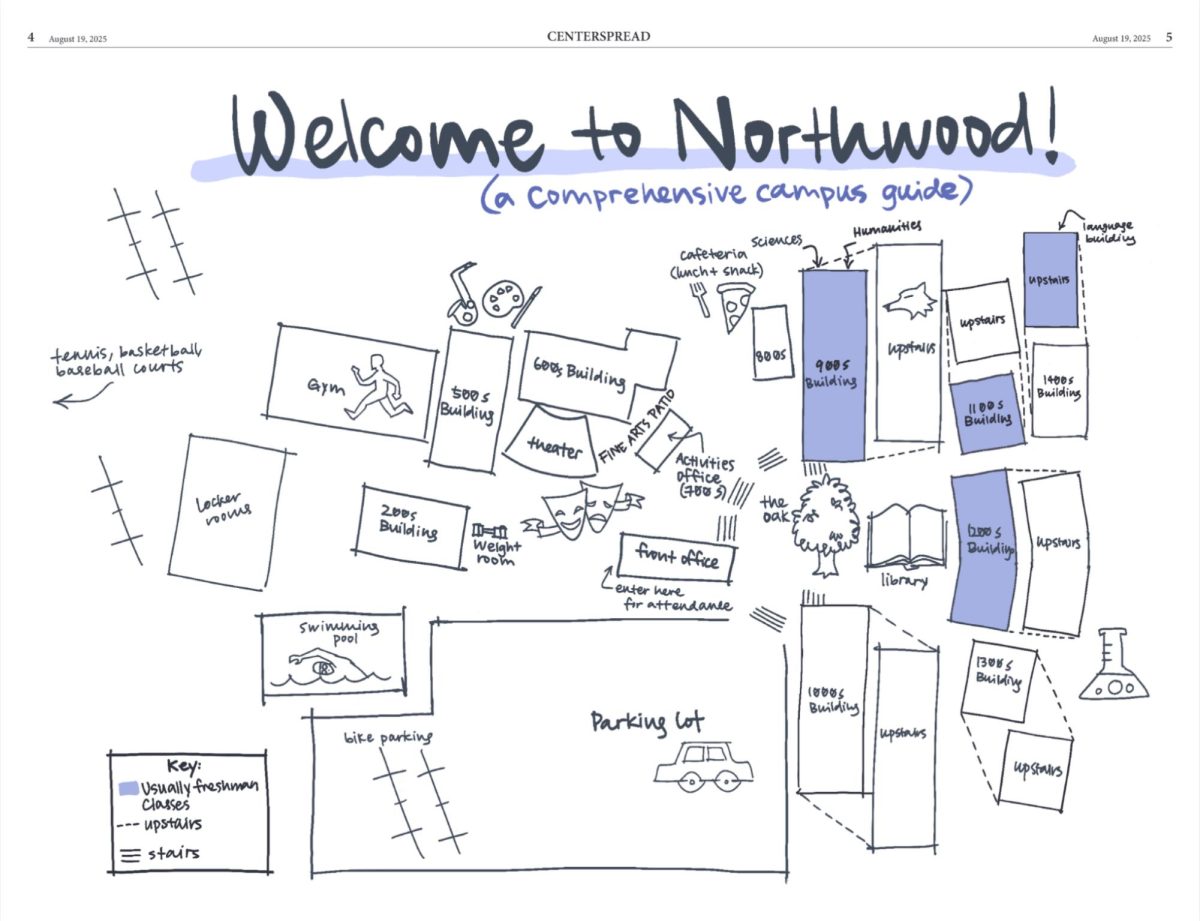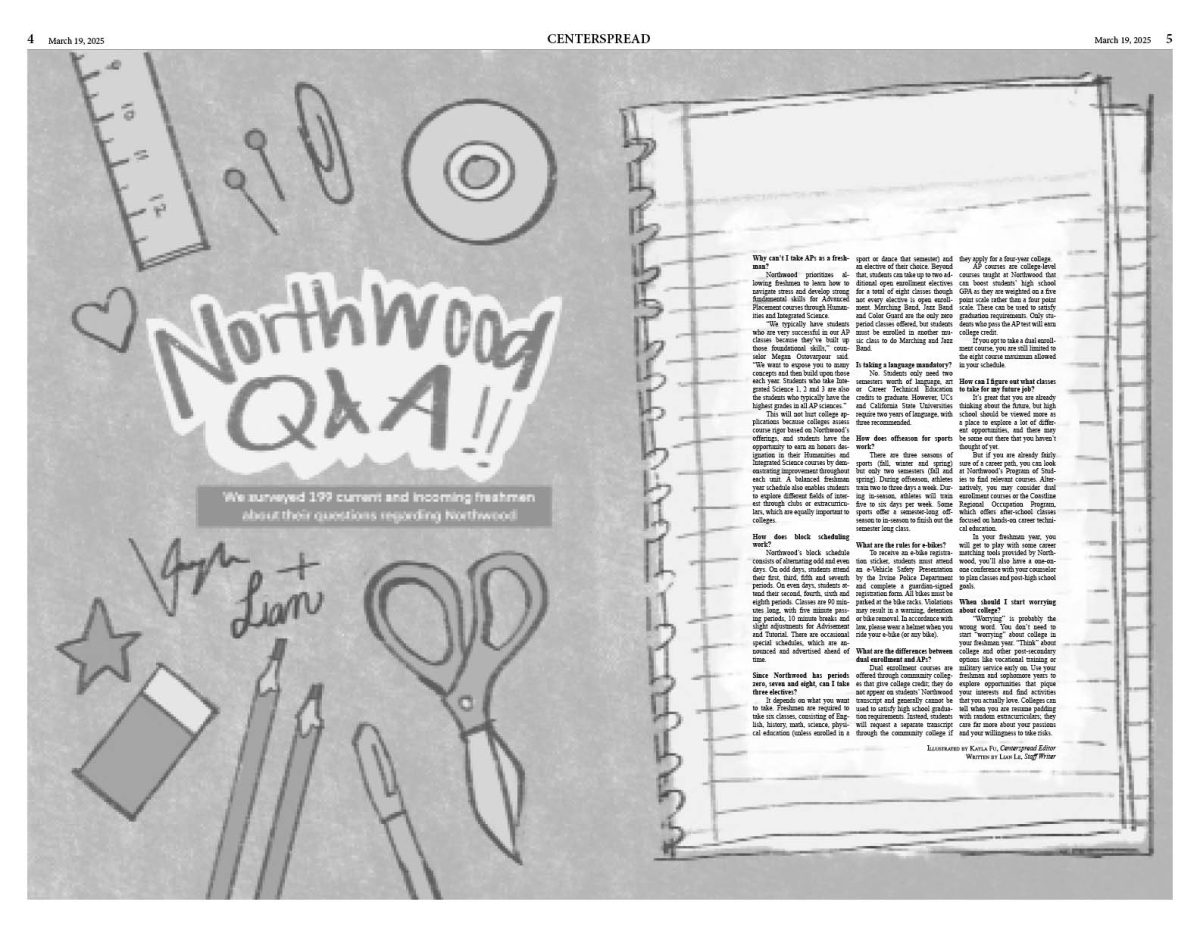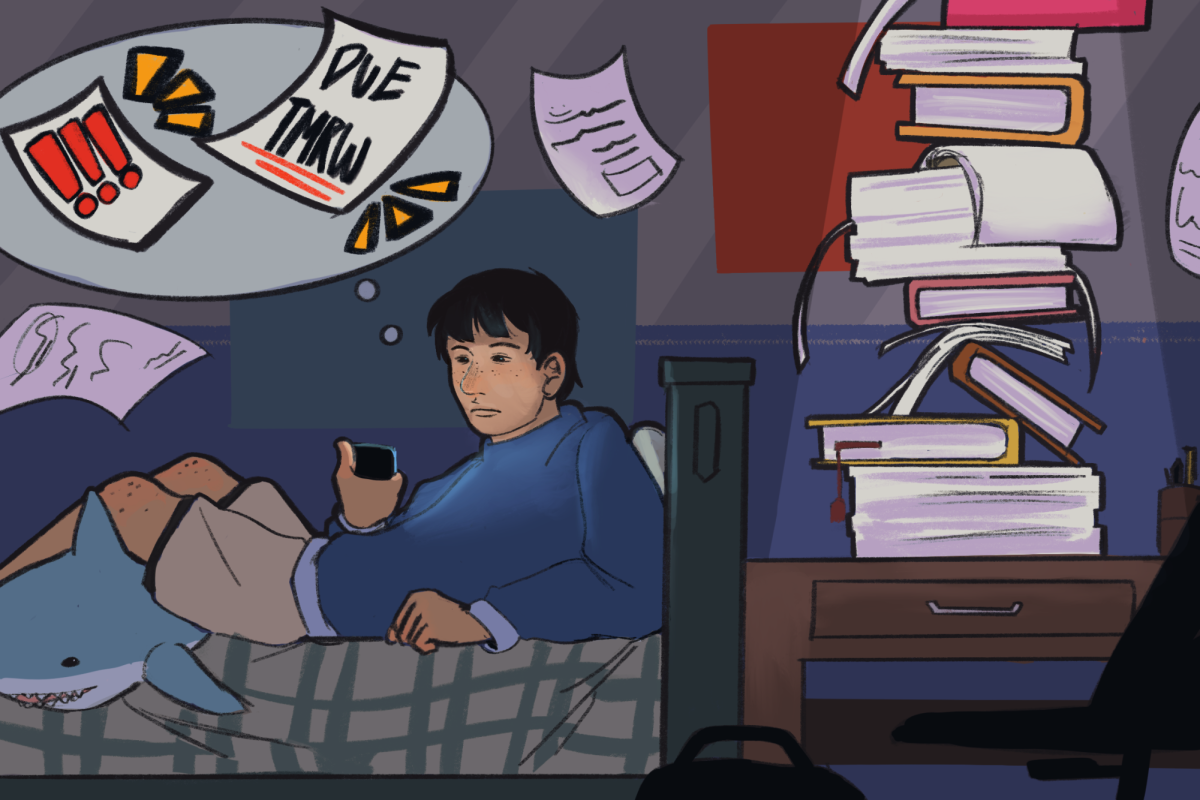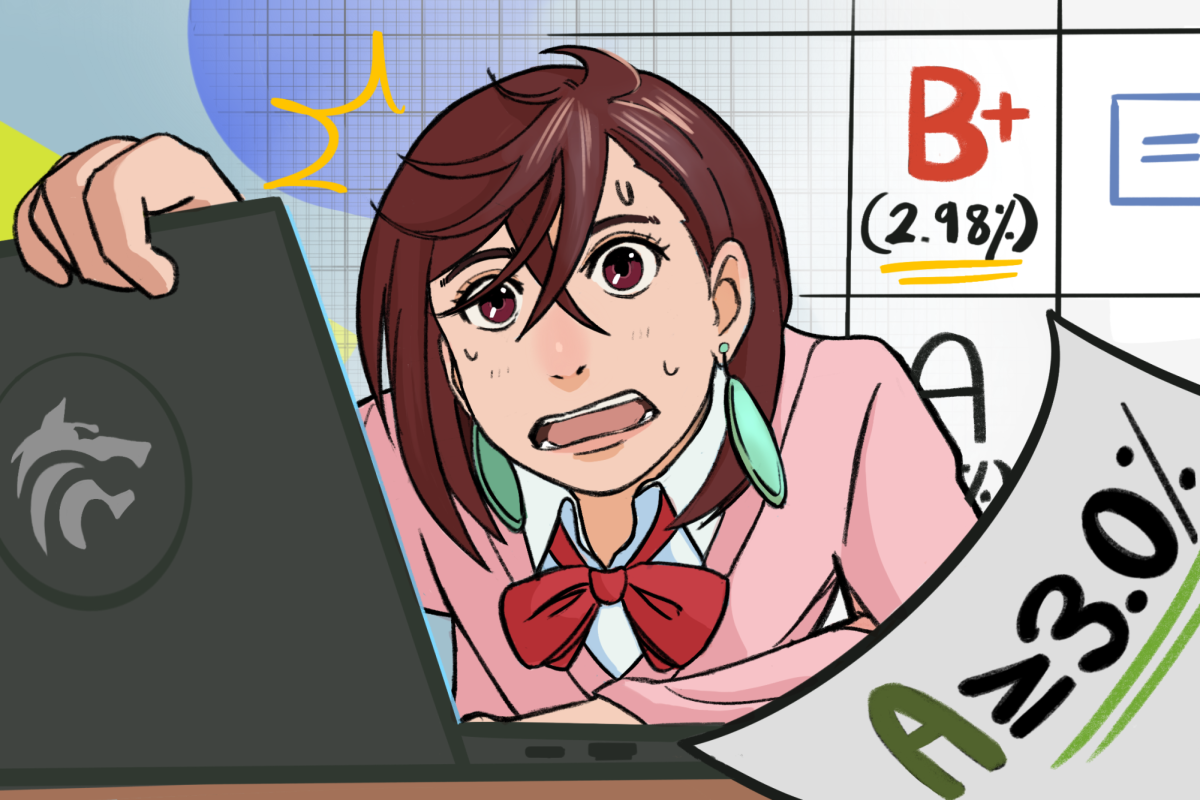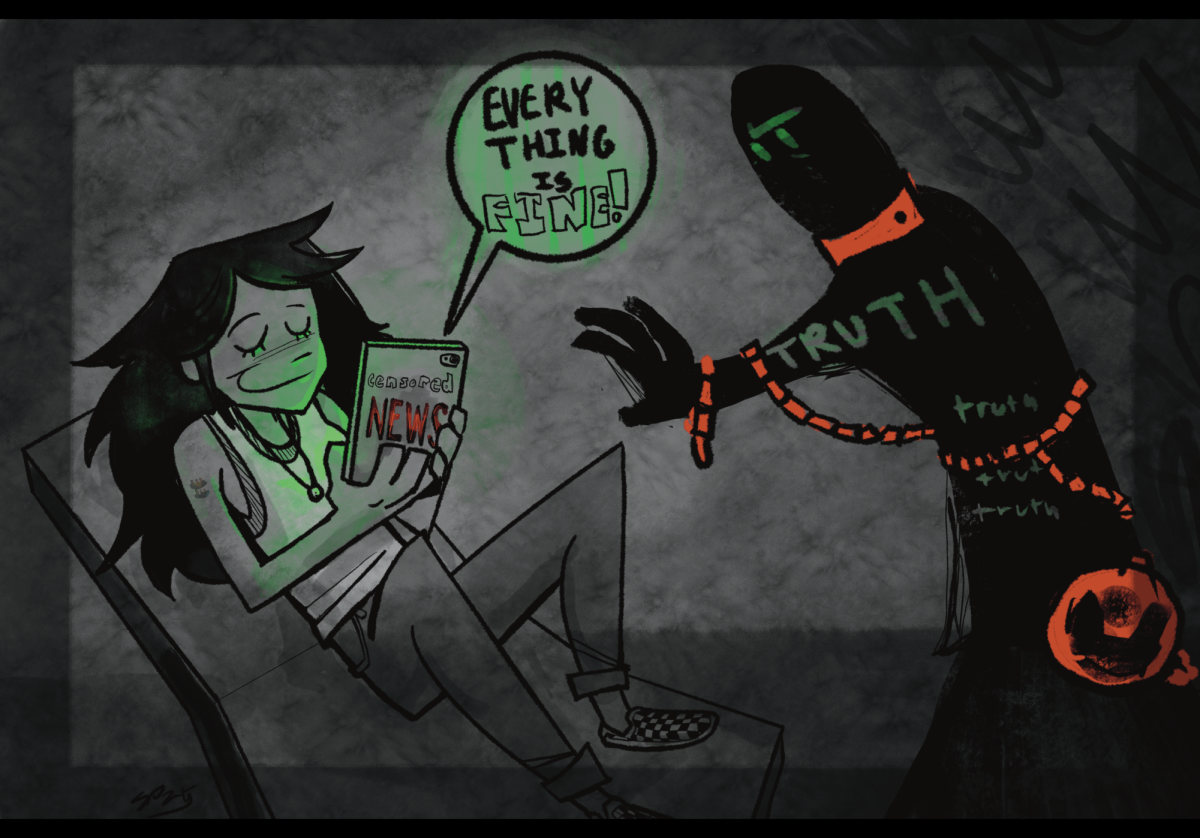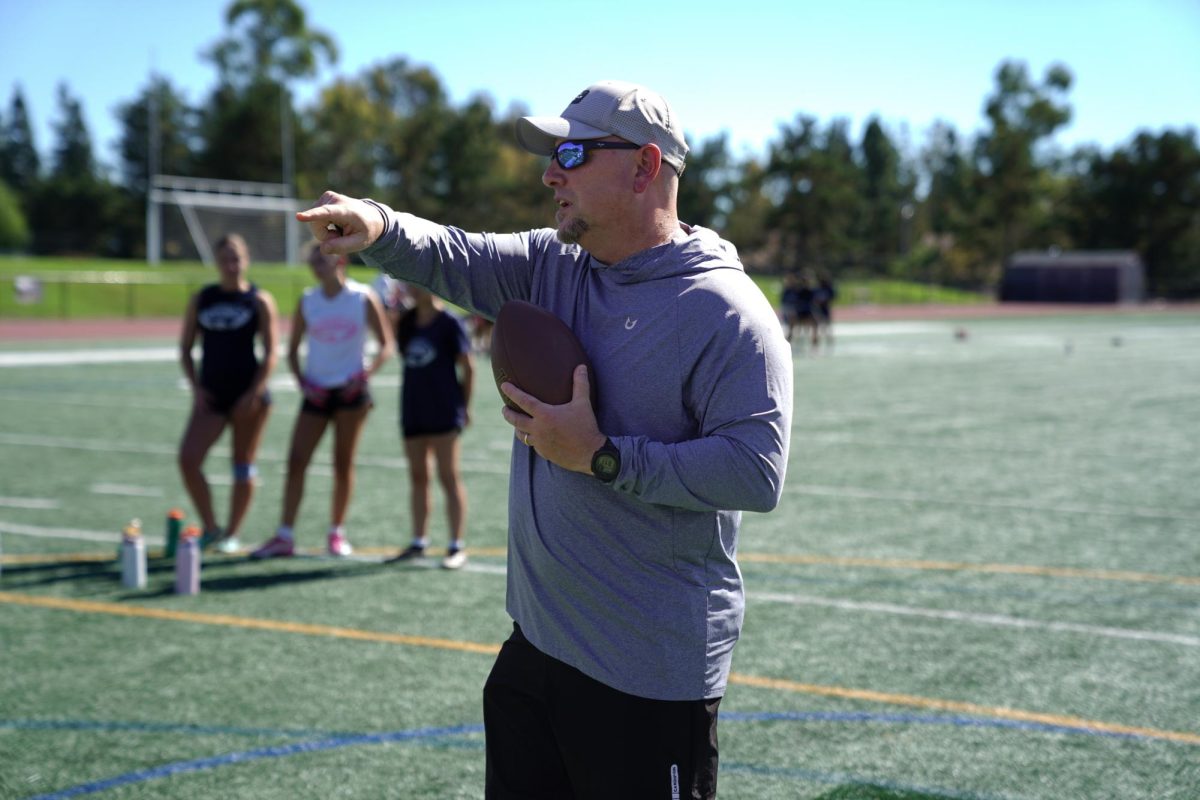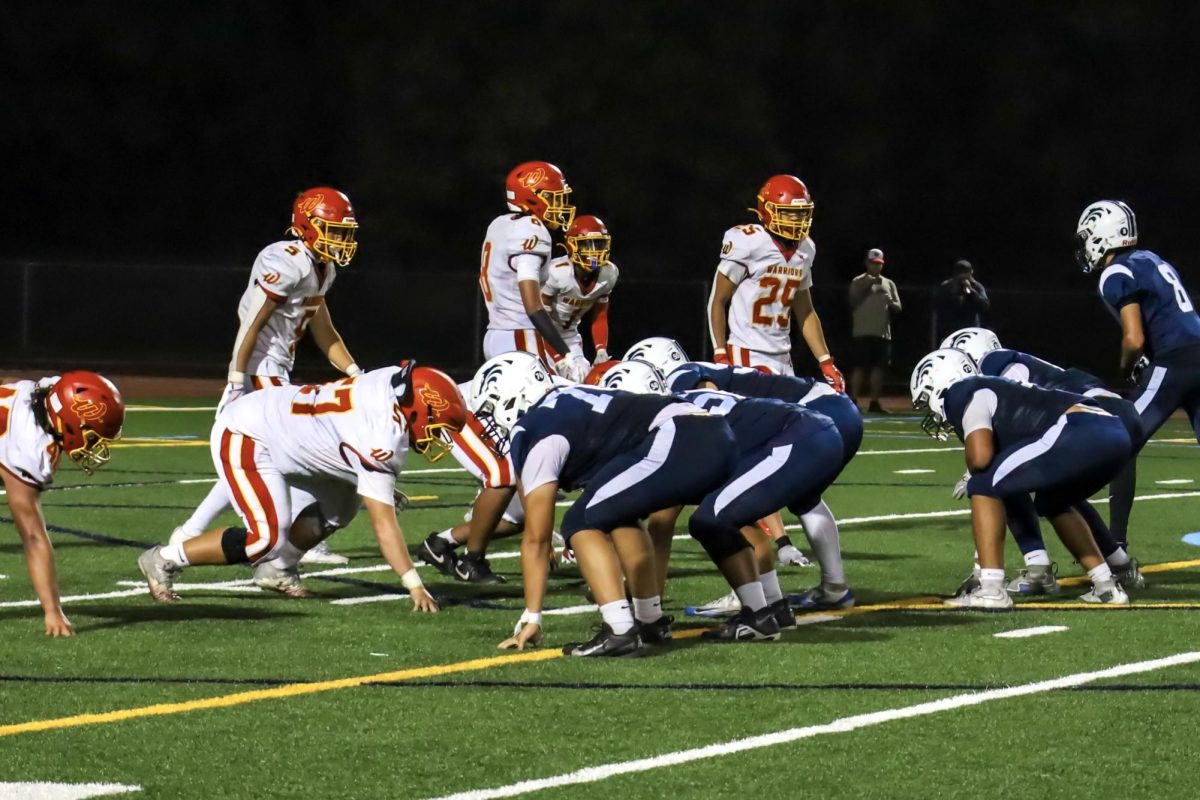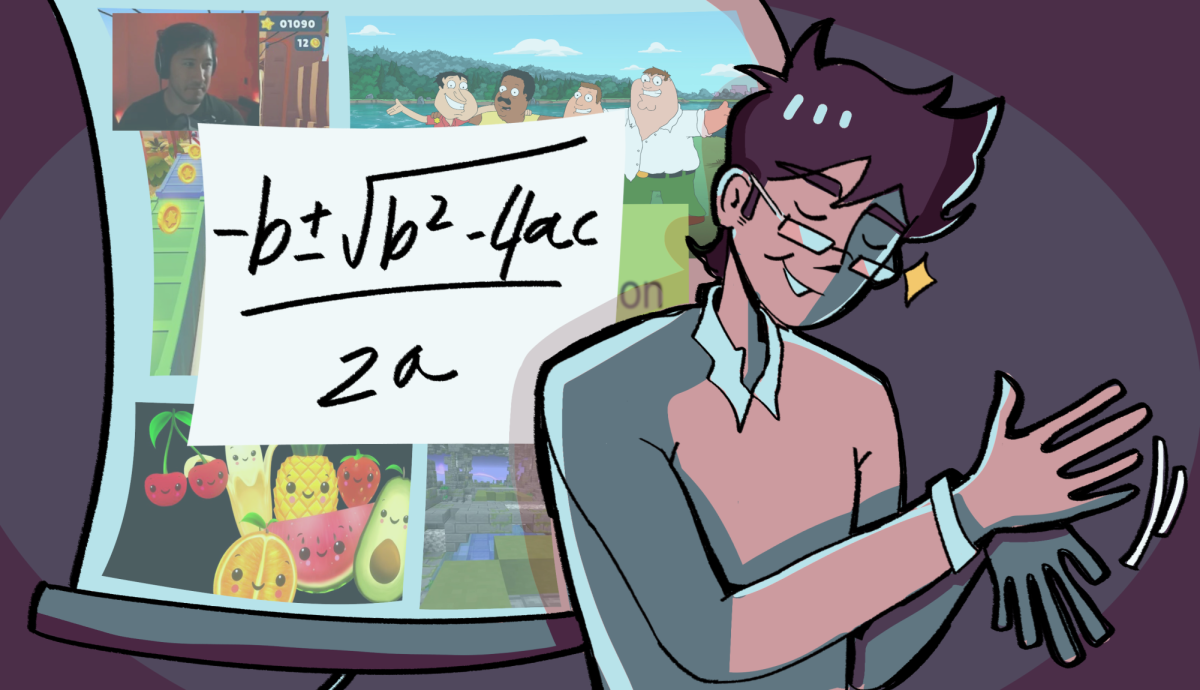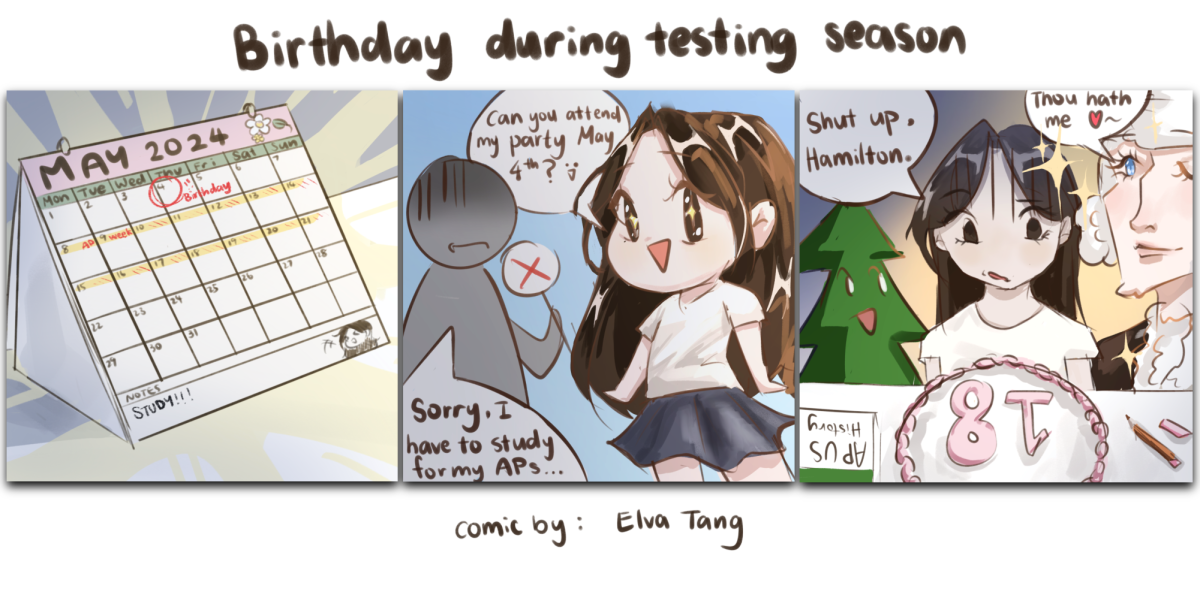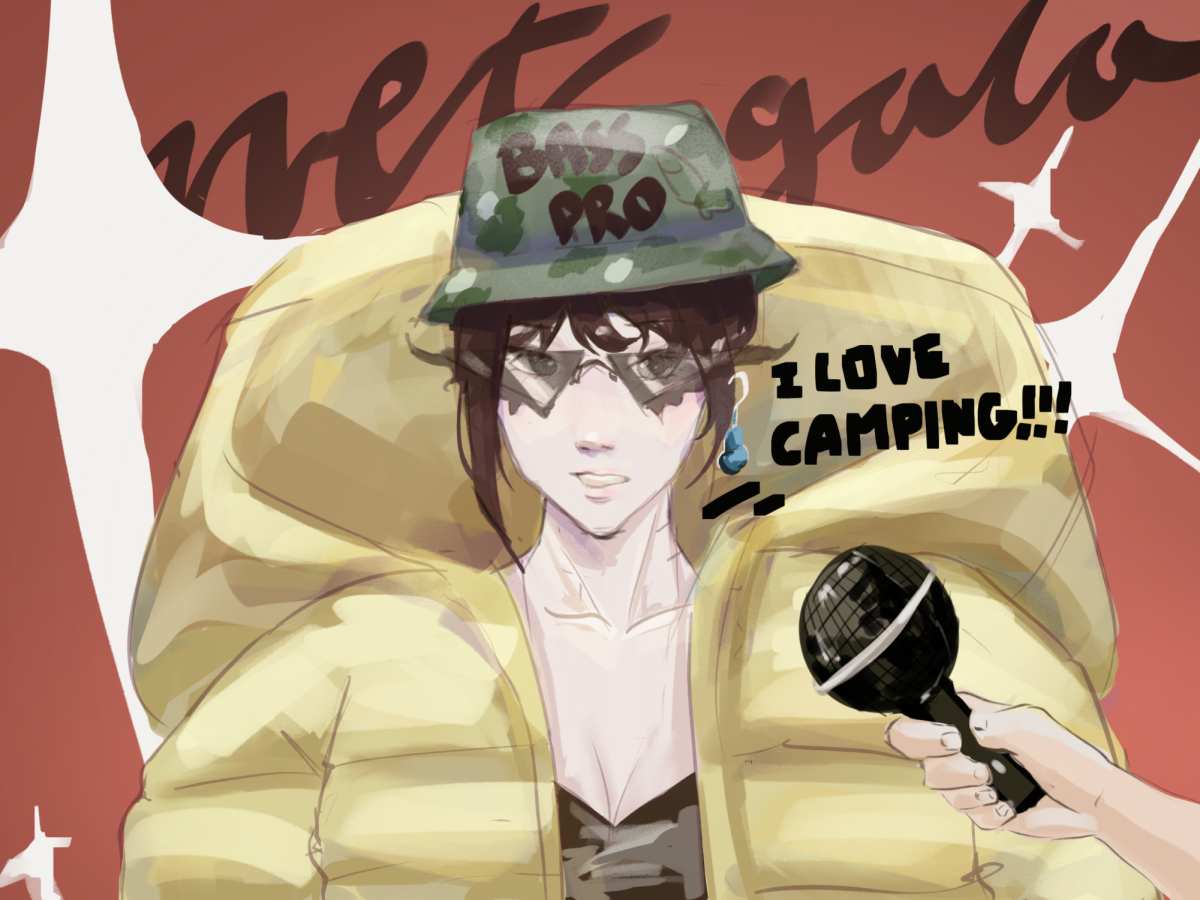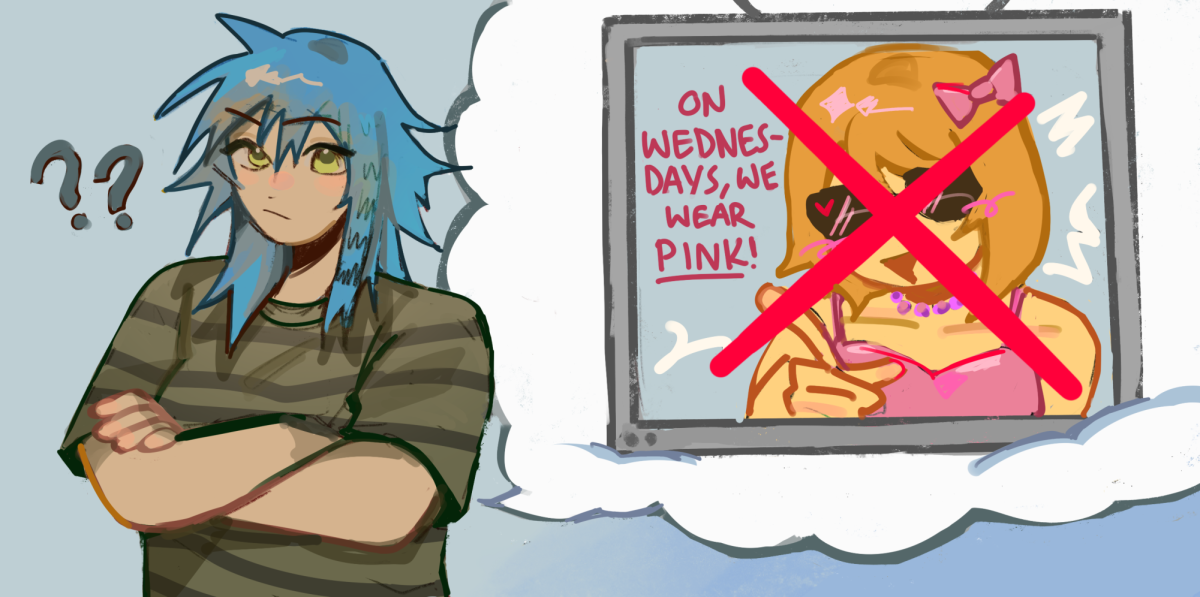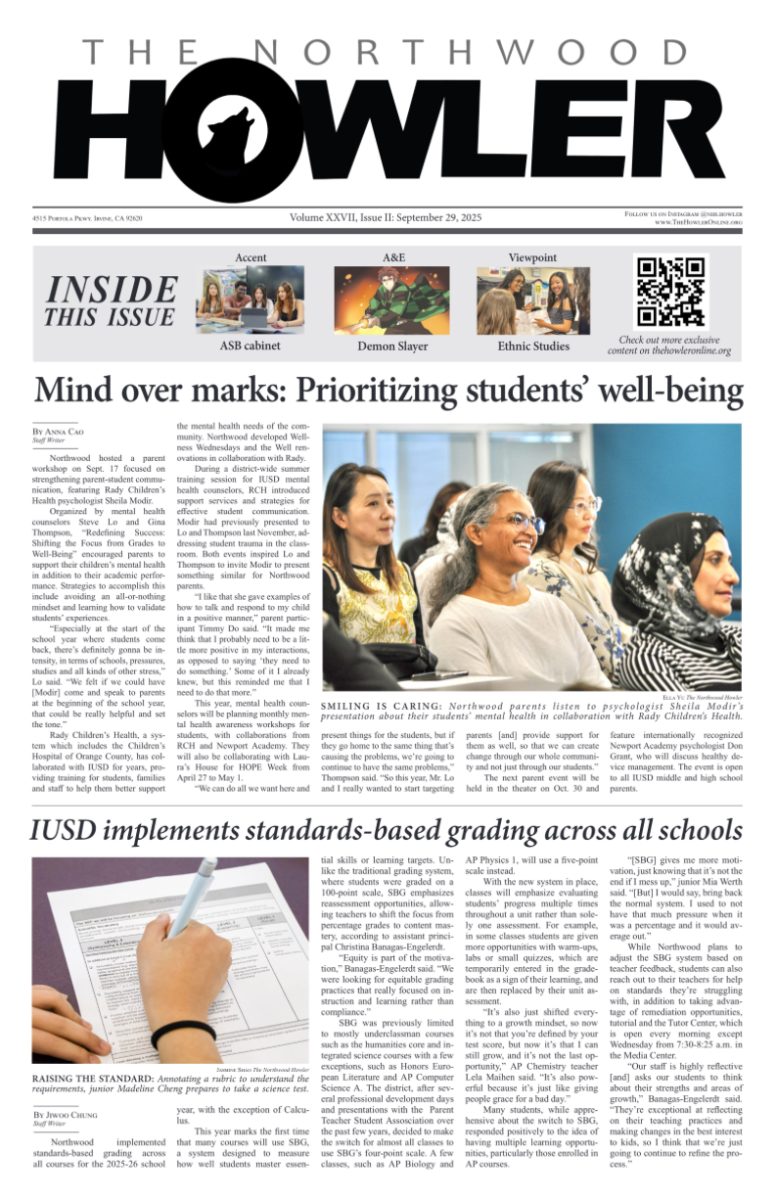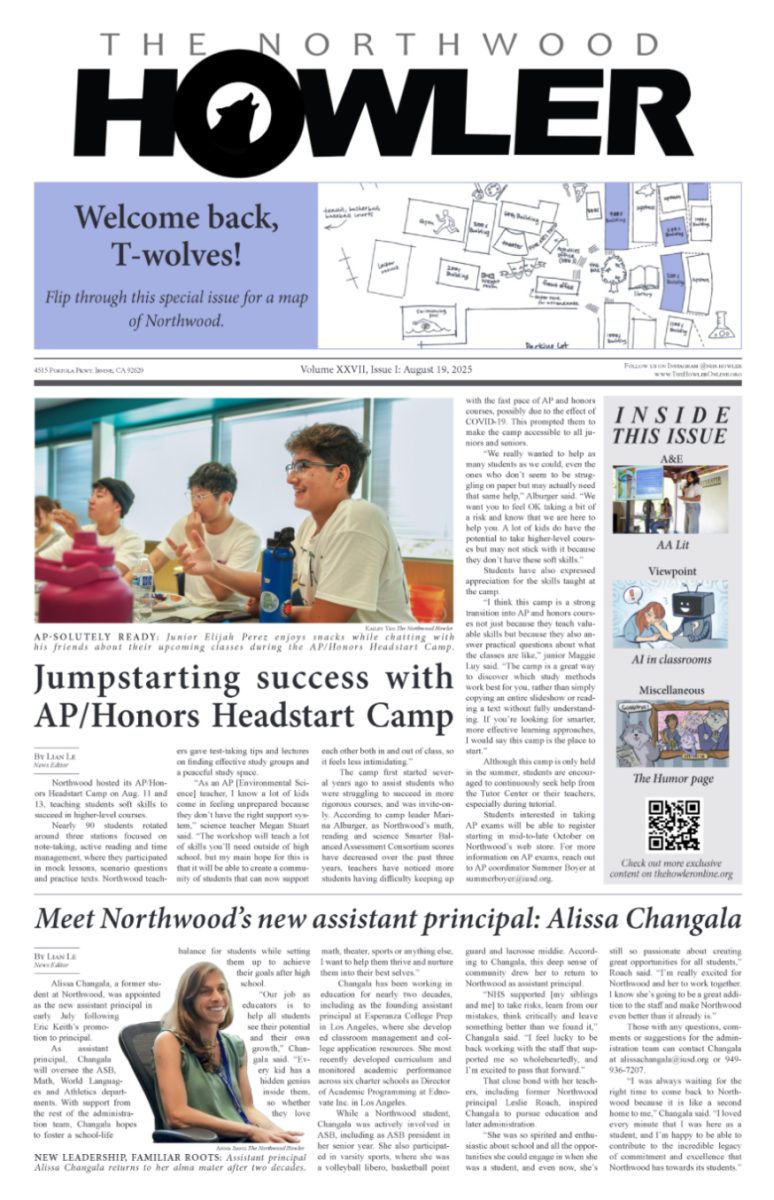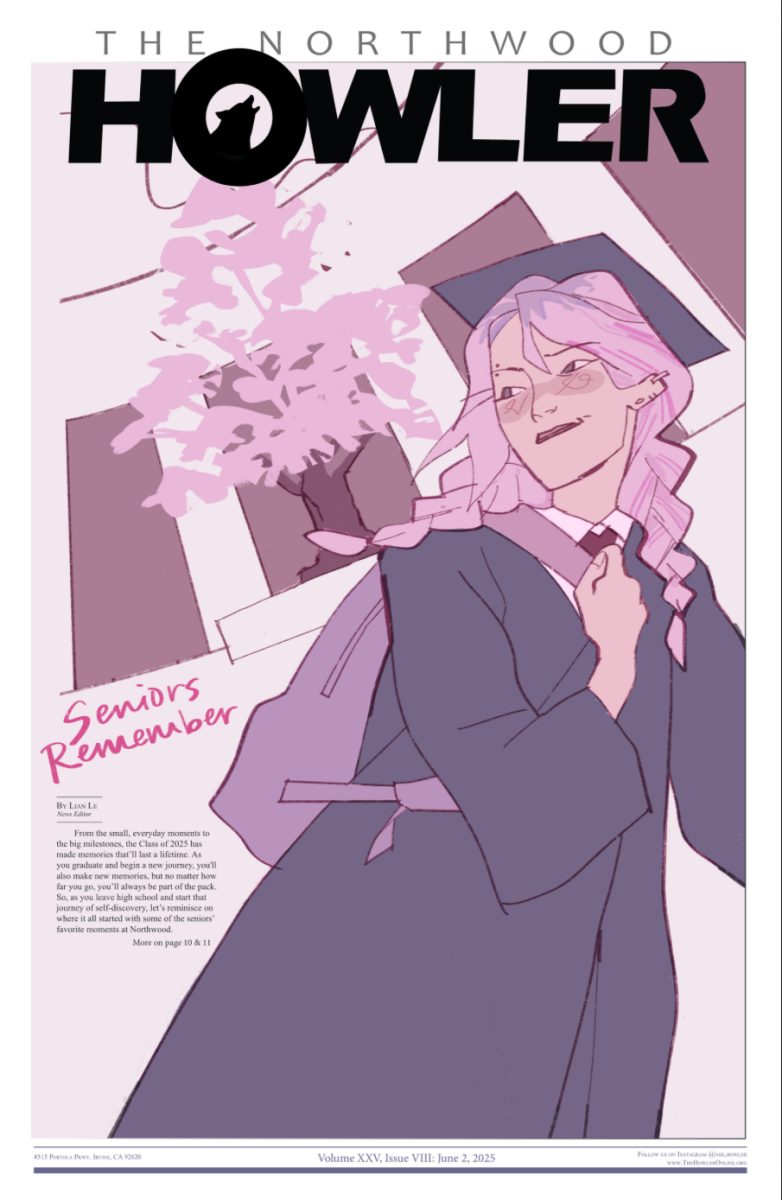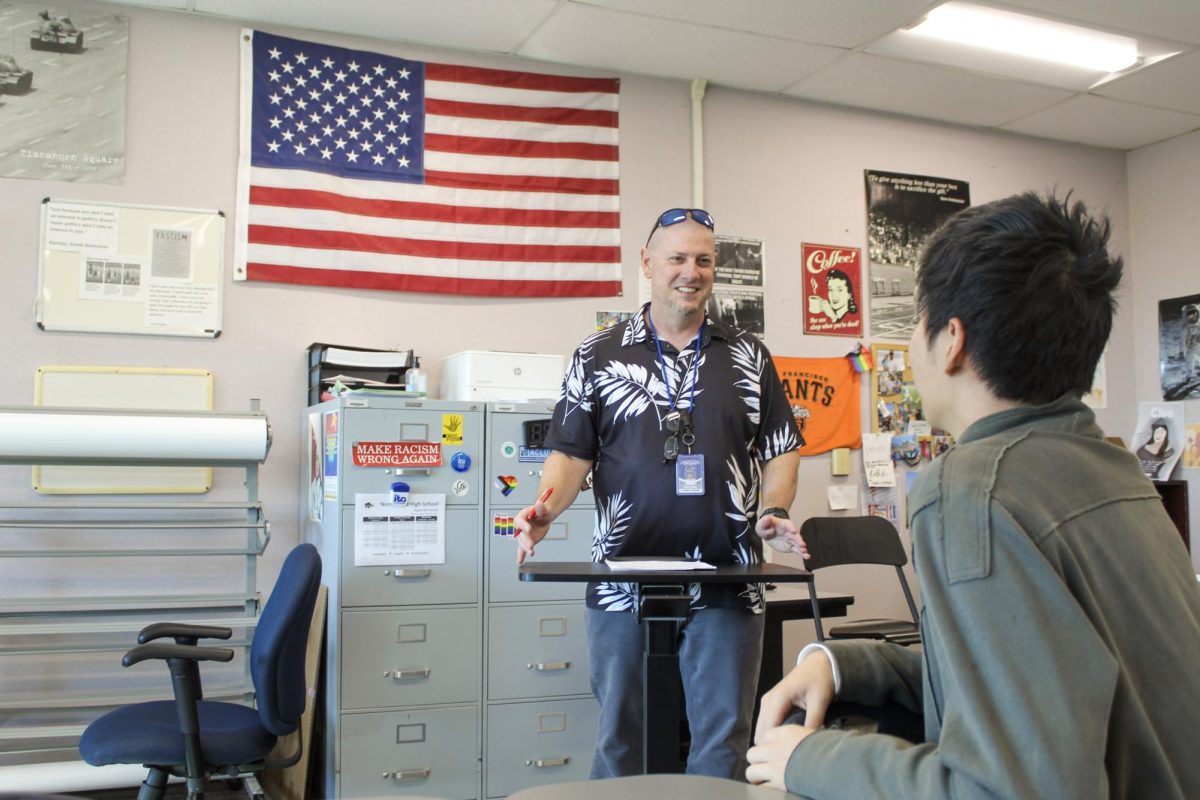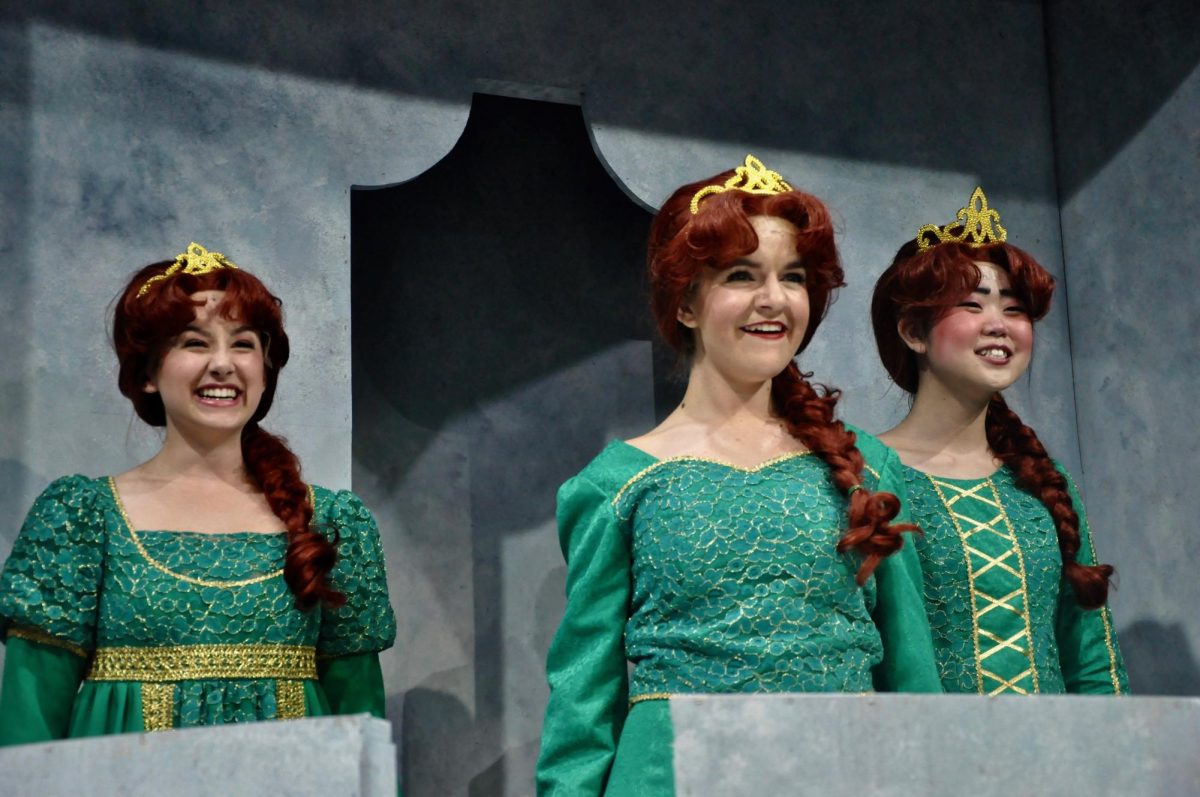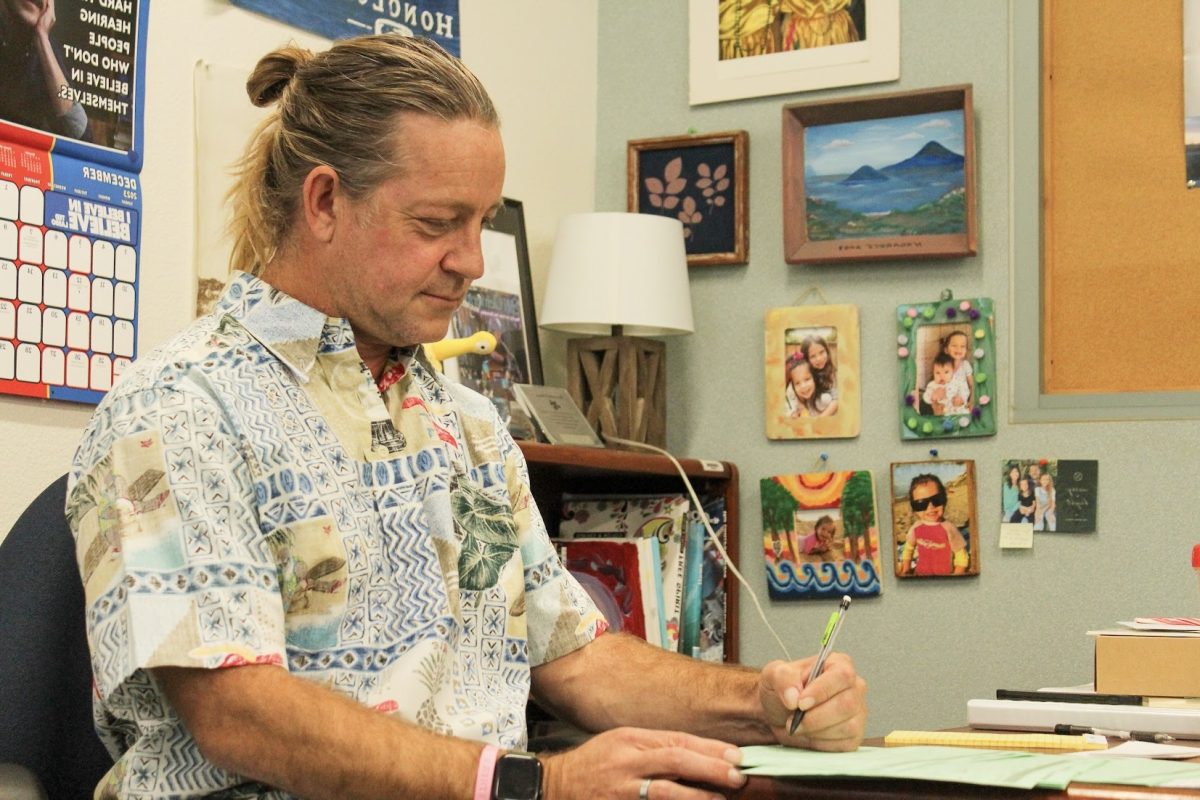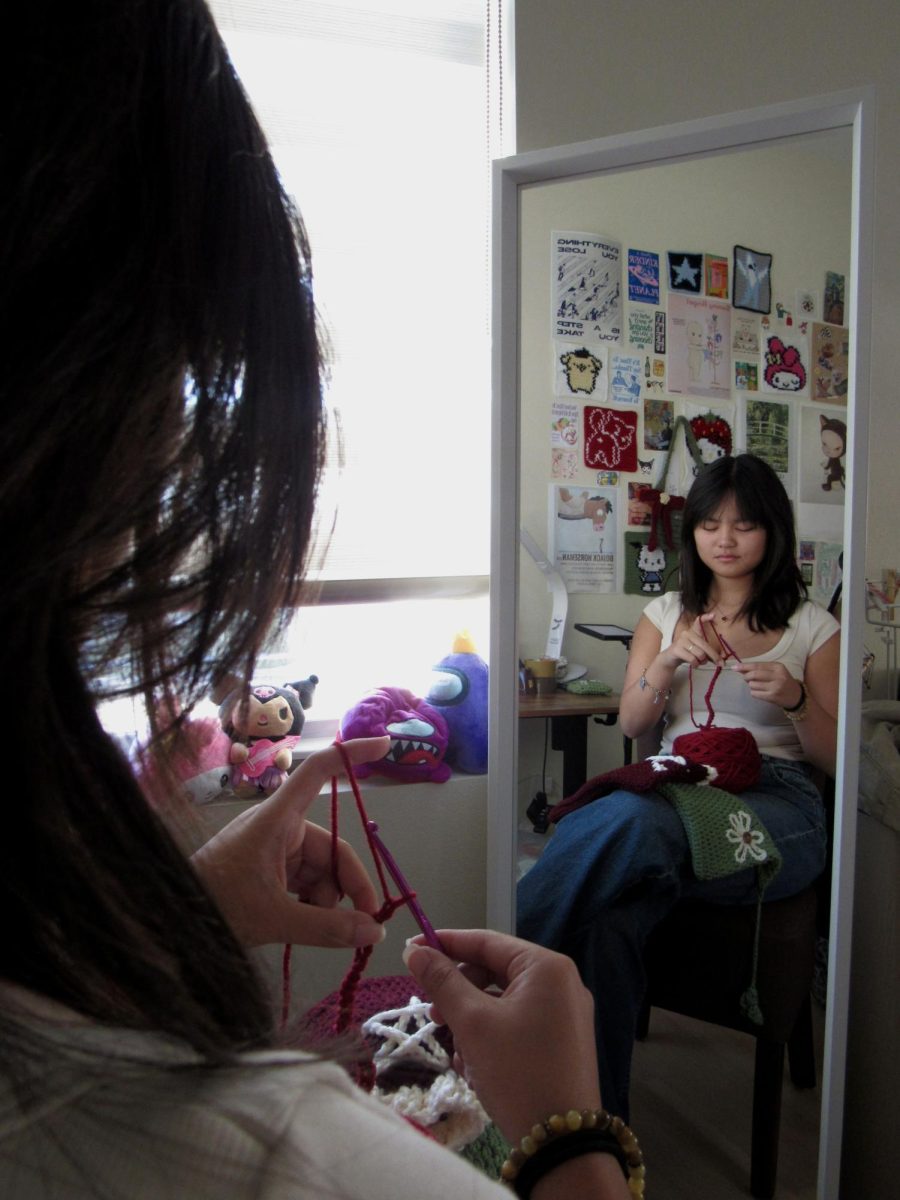How do you build something when you don’t know where the first brick goes?
Like for many of us, I entered high school without a blueprint. Especially early on, I wandered: trying new clubs, making new friends, stumbling through moments where I wasn’t sure where I fit or who I wanted to be. And oddly enough, as I look back, that became the beginning of something: learning that it’s okay to not have all the answers. That wandering itself is a kind of direction.
More than anything, I didn’t start high school as someone you’d describe as outspoken. I was quiet, often to the point of invisibility. I loved writing, sure, but I spoke in shrugs and edited my sentences in real time. When I first joined Howler, I would be anxious about pitching stories out loud and nervous about approaching editors for the most menial things.
I didn’t necessarily have “leader” energy. I had “sits awkwardly in the back” energy (and that’s exactly what I did). Yet somehow, I ended up here.
How do you lay a foundation when you don’t know what it’s supposed to hold? How do you lead when you’re still figuring it out yourself?
At first, I thought being a leader meant having all the answers. I thought it meant being loud, being decisive, being certain. I was none of those things. I hesitated. I revisited things others might have called done. I asked too many questions.
But questions, I learned, weren’t a weakness. They were the work.
They were how we built things: slowly, awkwardly, brick by question-mark-shaped brick. No single answer made the paper better. But the asking, the re-asking, the looking closer—that was the mortar holding it all together. Knowing everything wasn’t the goal. The goal was to just do it better, every time.
There were always deadlines that felt impossible, layouts that fought back and stories that took dozens of drafts before they felt right. But, perhaps in retrospect, I loved it all. I loved the overambitious article pitches and the nitpicky AP Style debates. I loved watching hesitant staff writers, as I once was, find their voice. I loved the chaos of deadline nights, even when they were exhausting, and I loved the brief sigh or relief after finishing a grueling issue, just to jump into the uncertainty of another.
Because if journalism has taught me anything, it’s that certainty is overrated. The best stories aren’t built on final answers, but on the patient work of looking closer, listening harder and asking again and again.
And somewhere along that journey, I realized that I didn’t need to sound like a leader to be one. I just needed to care enough to keep asking questions. And to let the questions guide me forward, even when the answers don’t come easily.
Is letting go the final step in building something that lasts? What happens to the questions when you step away from it? How do you care about something enough to build it, yet trust it will stand even when you step back?
I think I’ll always feel a little underqualified. I think I’ll always lead a little crooked, not with a bullhorn but with a question and a hopeful shrug. And journalism taught me that’s not a flaw. You can build something meaningful without shouting, just by returning to the same quiet questions, the ones that push you to listen, improve and ask more.
I never got the chance to introduce myself at the start of the year, so this is my belated introduction: a letter from the Editor-in-Chief who never planned to be one. A blueprint drafted backwards. A house held together by question marks.
Thank you to the incredible Howler staff for trusting me even when I was visibly winging it. For sharing your ideas, your effort and your humor, and for making some of the stressful deadline nights turn into something truly awesome. Thank you to Ms. Alburger for believing in me even when things seemed on the verge of chaos and for being the steady support I could always count on. And thank you to the version of me who walked into the newsroom not with a master plan, but at the very least with a restless curiosity.
Now it’s over, or at least my part is. My Slack is quieter. The last-minute layout tweaks will no longer need me, and the staff box no longer bears our names.
But the house, it holds. This messy, questioning process created something real, and I have faith that it will forever stay standing.

